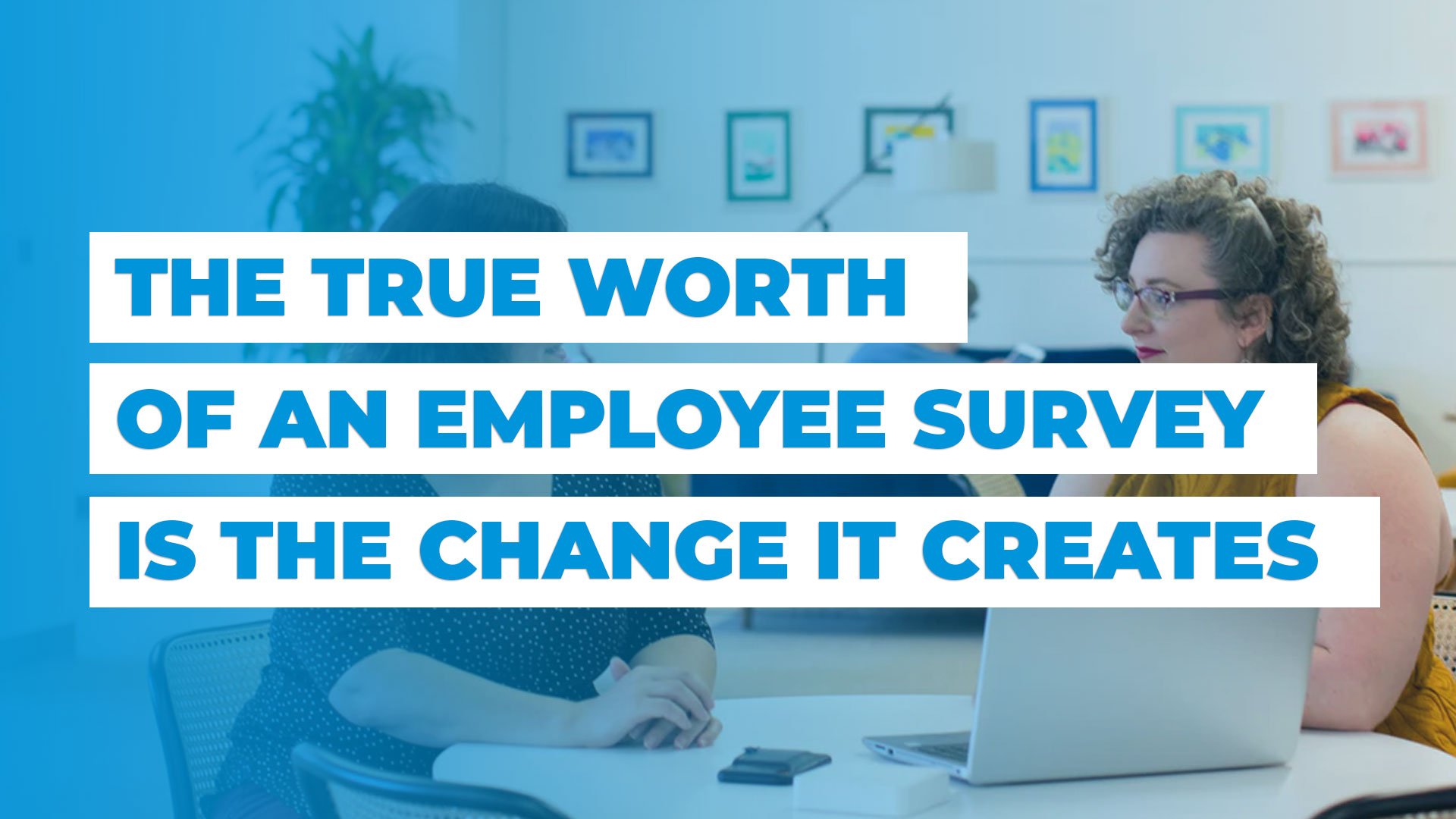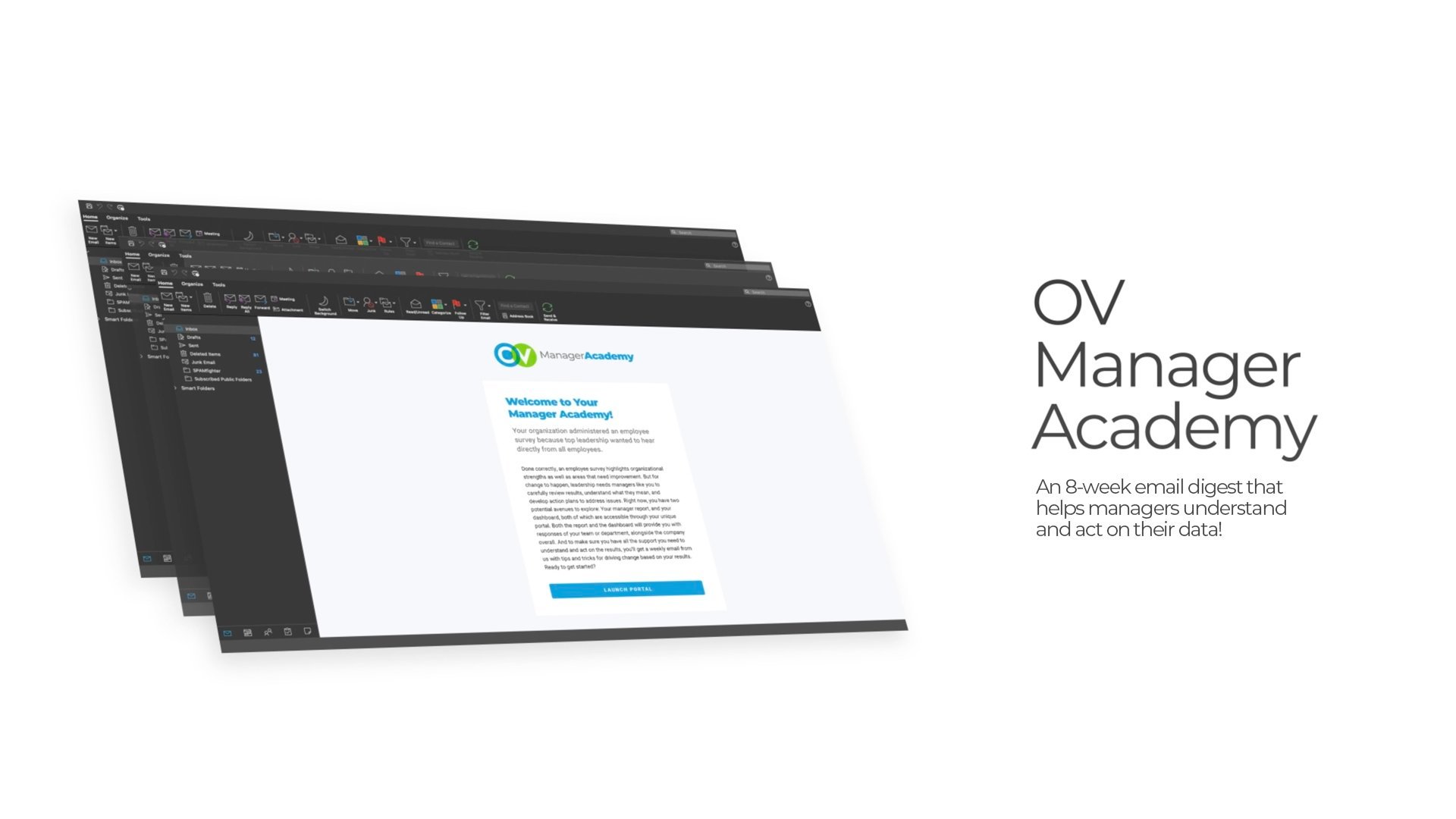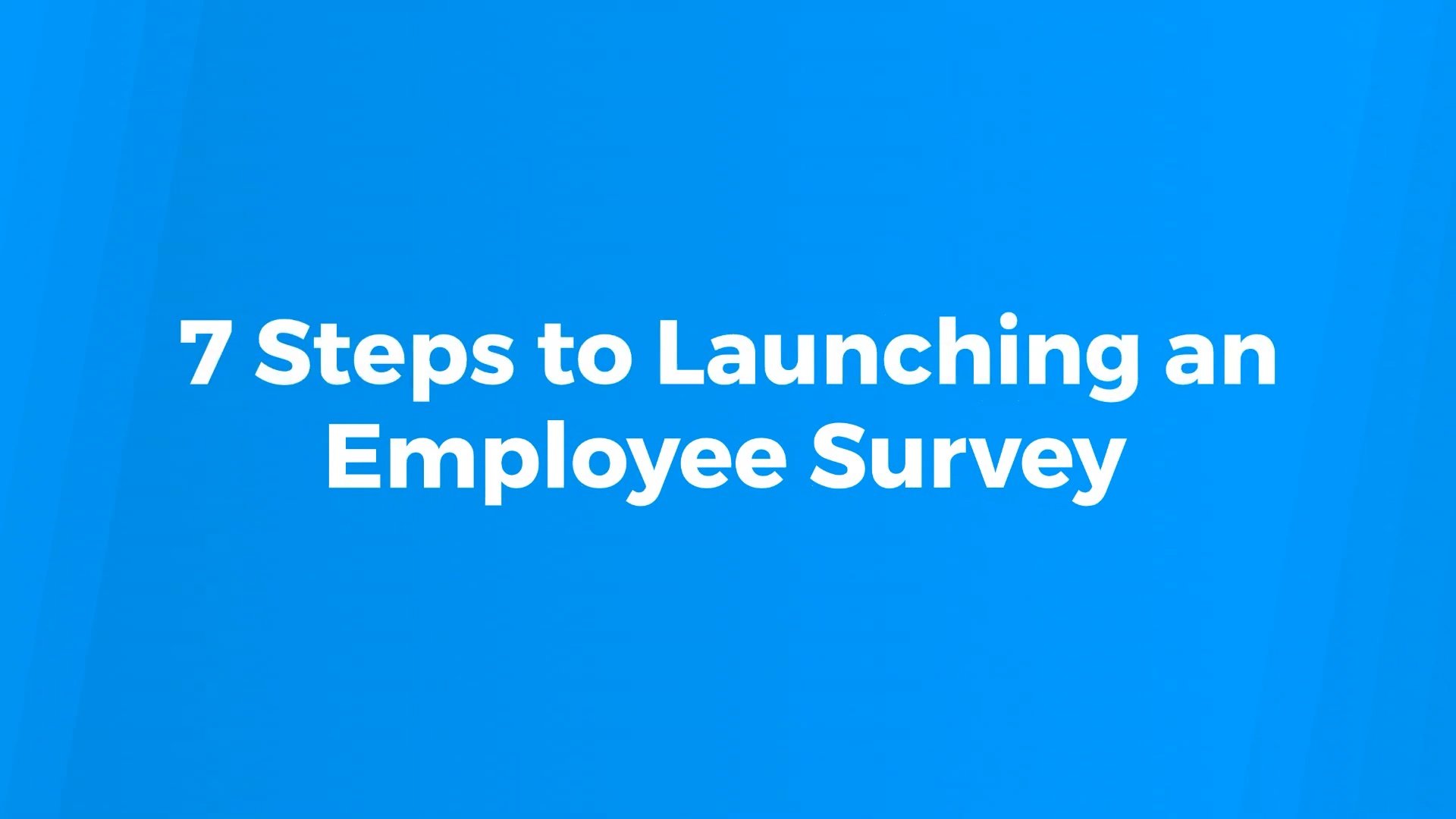
The true worth of an employee survey is in the change it creates.
Once you get your survey results back, the critical work of action planning needs to kick into gear. Too many companies struggle with this, either because the process feels so daunting, or because it’s lost as managers deal with more day-to-day pressing demands once the initial excitement of the survey administration fades. Taking the time to focus on action planning and implementation can make a significant difference to your organization’s culture and overall success. To do action planning well, consider these tips:
Ask the right questions
In order for survey action planning to be meaningful in your organization, the survey must have content that speaks to the unique aspects of your organization’s strategy and culture. Make sure the survey focuses on what’s most important to organizational success; these are the issues that address your strategic priorities. Start by asking yourself what’s keeping leadership up at night; often that provides the answer. Better yet, ask that question of leaders themselves – the answer may surprise you, and help build leadership commitment to act on survey results.
[Related Blog: 5 Questions Every Survey Team Needs To Ask About Data Privacy]
Employees need to know leadership wants change
First, you need to obtain real leadership buy-in. If the survey is seen as just another HR initiative, manager commitment to action planning may be uneven, or fade quickly. Naming an executive sponsor who will provide input to the survey, as well as visible, organization wide communications, will give the survey a leadership ‘stamp of importance’. Next, cascade this message clearly through all levels of the organization. It needs to be clear that the top leaders are committed to the initiative and expect to see change happen. We like to tell the story of the CEO who would routinely pick up the phone to check in on manager’s action progress; knowing that the CEO cared enough – and might call for a progress update – was a huge motivator.
Make it easy for managers to act on the results
Managers have good intentions; they want to make the work experience better for employees, but it can be overwhelming to know where to start. Often, the inclination might be to tackle the lowest scores, but that’s not always the best bet. At OrgVitality, we’ve developed an AI-powered system that prioritizes survey results for each manager, giving them three recommended items to choose from. The system considers not just low scores, but a manager’s standing relative to other parts of the organization, trends over time, the likelihood that an issue is actionable by a manager, and the strategic priorities of the organization.
[Related Blog: How to Craft Effective Communications To Your Employees]
Hold managers accountable about driving change
Taking action is hard, and it’s too easy to put it off in the face of day-to-day demands. But if managers know that their progress will be reviewed and evaluated – and even possibly tied into their performance review – they will be much more likely to make this a priority. At OrgVitality, we also use timely nudges to help managers stay on track and live up to their own best intentions. These nudges, paired with occasional reminders from the survey’s executive sponsor, will remind managers of their good intentions and make it easy to take the next steps in their action plans.
[Read More: Micro-Training for Managers: How to Help Drive Change Post Survey]
Leverage Pulse Surveys
For clients really looking to move the needle on change, we recommend a combination of annual census survey and pulse surveys. The pulse surveys should focus on 1-2 core issues that the organization is prioritizing for change. This enables a check point to see how action plans are going, providing data on where to leverage strengths and where to course correct.
This strategic approach to action planning and deployment will help organizations truly create meaningful change. It’s not an overnight fix, but with some thoughtful planning and execution, you will see results.
Author

Amanda focuses on business development, including creating branded content, managing special events, and working with clients to enhance their internal communications. Amanda comes to OrgVitality from the media industry, where she had 20 years of experience writing for national magazines, newspapers, online publications, and television news programs. She graduated from Columbia University with a B.A. in English and Comparative Literature







